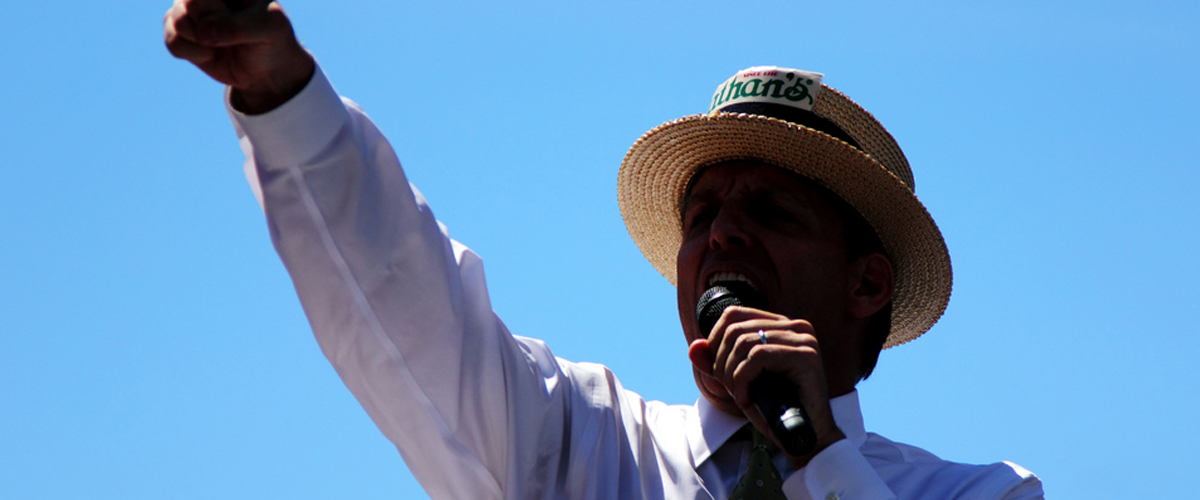PowerPoint has been around since the 90s. It may sound like recent history to us, but not many people can imagine life without PowerPoint anymore.
The program has dominated everything presentation-related in its short life—from sales pitches to classroom speeches. However, there has been a time when PowerPoint wasn’t around. What did people use before the iconic presentation program, and what can we learn from these historical PowerPoint alternatives?
Find out here:
Oratory Prowess
Before any form of visual aid, great speeches were delivered with good old-fashioned oration. It was either you memorized your speech or you went with an outline you could share impromptu. The downside to this was that people didn’t have the visual cue of a presentation like what PowerPoint does. They either missed some points, hoping it was nothing major, or stumbled through their own thoughts.
Some of the most powerful speeches of all time were simply oratory prowess. These speakers commanded attention by appealing to people’s emotions and letting them see things from their perspective.
Adapt one of these methods in your own pitch to develop your public speaking and persuasive skills. You may be backed up with a winning deck, but that doesn’t mean you should slack on your actual spiel.
Storytelling
In relation to emotional appeal, life before PowerPoint meant keeping your audience’s interest without an occasional powerful image to fix their gaze. How did presenters attract their listeners before visual presentation became a big thing?
Captivating performances were related through the power of a good narrative. These were common experiences that everybody could relate to—stories of their ancestors and their own lives that others may have also gone through before. It was through these stories that people connected to each other and expanded their connections.
Similarly, tap into storytelling by crafting your pitch around a narrative. Don’t just give your data straight to your audience. Be creative and add a human side to your presentation.
Develop a concrete beginning, middle, and end everyone can relate to.
Personal Network
Speakers who weren’t particularly persuasive counted on their personal networks to draw attention to themselves, even outside the stage. They made use of influential people during their time to endorse them.
This still happens today when businesses pitch to influencers who can give them a positive review through word of mouth among their followers. Take your pitch beyond the stage and make use of other avenues to deliver your core message to a larger audience.
Technological advancement makes it possible to reach out to people all over the world without necessarily having to move from where you are. Utilize digital media and different online social platforms to expand your circle. Bring your pitch online since it’s become easier to upload your deck to the Web for everyone to see.
Presenting live is the ideal, but if you want to penetrate your target market at once, consider options outside your actual presentation.
—
People were already pitching long before PowerPoint. Learn some things from these historical alternatives.
Use emotional appeal the way people used the raw power of their oration to charm large groups of people. Tell a story everybody wants to hear and captivate them with your pitch. Take your presentation outside the slide and into personal networks that will grow and expand.
When you’ve got your public speaking skills down to a T, contact a presentation expert for the perfect deck to match.
Featured Image: “IMG_3235.jpg” by Michael on flickr.com
https://www.flickr.com/photos/helloturkeytoe/4762288052/



